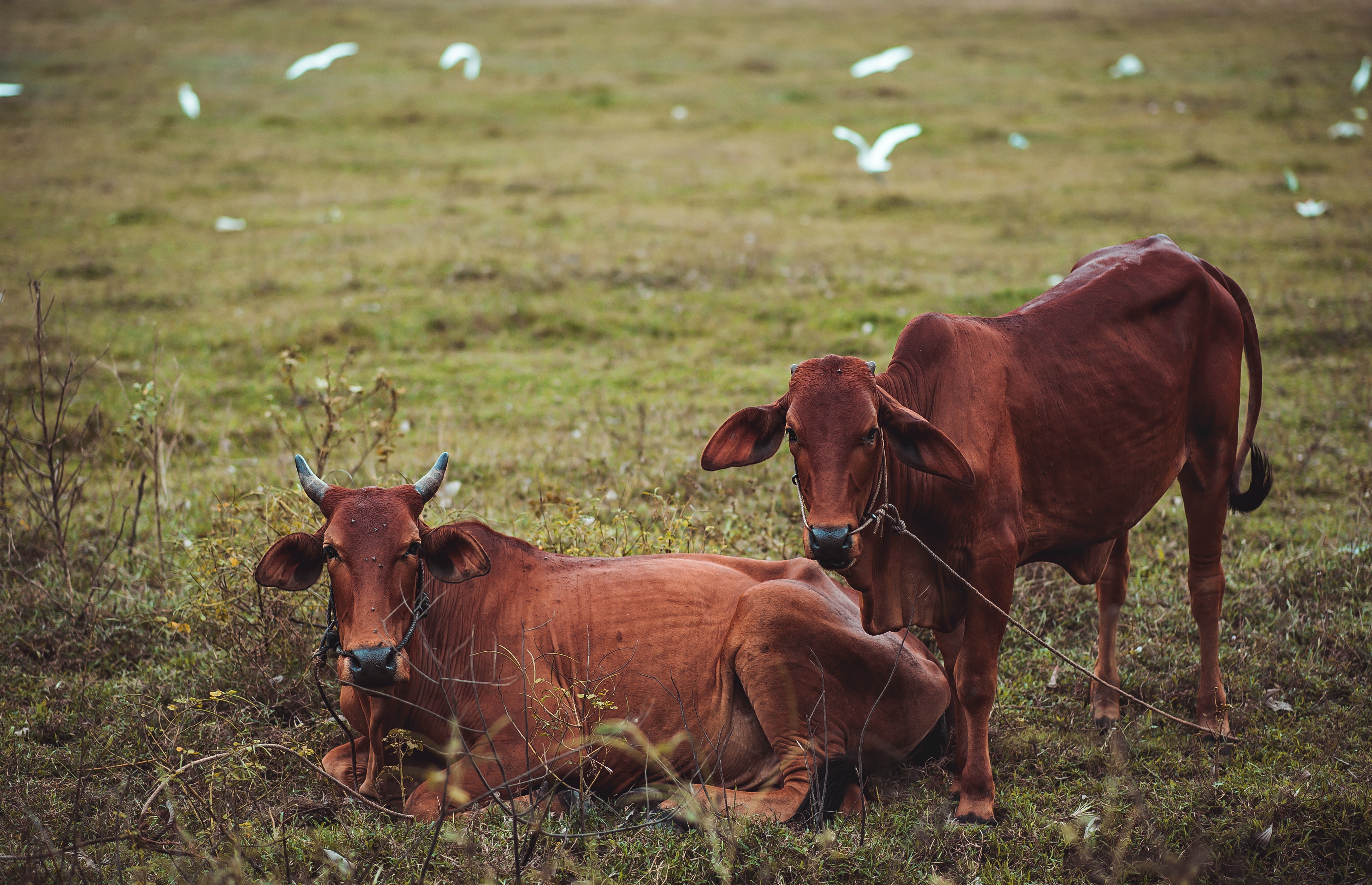Pests in Cattle- Internal Parasites
Livestock production practices, when intensified, create a conducive environment for the multiplication of different pests that reduce animal productivity through competition for food, especially blood feeders, while others act as disease vectors. Some pests are present throughout the production periods and are major challenges to livestock farmers. Some control measures and practices have often resulted in harder-to-control pests due to repeated applications of the same formulation remedy and pest resistance results.
There are two categories of these pests based on the location of their harm to the livestock and they are classified as either internal or external pests. The correct diagnosis is essential. Livestock keepers should be well versed in these various challenges affecting their investments to use the best and economically viable control mechanism to ensure optimal livestock production.
Internal Parasites
Internal parasites are generally controlled by regularly drenching all animals with the correct veterinary-recommended remedy formulation. A drenching calendar indicates when an animal should be treated. All the animals should be drenched four months after the long and short rains with a broad spectrum drench. They should also be drenched with compounds with flukicides in areas where liver fluke is present (wet and swampy areas) every four months. Treat tapeworms with compounds with high effectiveness. One treatment every three months of age is sufficient.
Stomach Worms (Parasitic Gastroenteritis)
Warm moist seasons are ideal for stomach parasites as they can reach higher peak numbers and stay near those numbers for longer. In cattle, the primary effect of gut worms is poor growth (or weight loss) with diarrhoea. Death is rare, but sheep are more susceptible than cattle. Controlling worms is thus important, particularly in young stock, and should form an integral part of the health plan. It is also crucial to be aware of the rising problem of resistance in worms, particularly those found in sheep, to minimize the risk of resistant worms being found on your farm.
Clinical Signs:
Diarrhoea – often green and profuse, Weight loss, High proportion of animals affected
Diagnosis: Worm egg count – collect ten faecal samples as fresh as possible and send them to your vet or lab.
Treatment & Prevention
Prevention is far more cost-effective than treatment; planning worm control can save a significant amount of money. Each farm should have its own worm control plan, based on farm management, previous history and type of stock. Factors to bear in mind when developing the plan:
Use pasture effectively, so cattle avoid grazing contaminated pasture during the peak season. This can be as simple as moving cattle onto fresh ungrazed pasture (such as silage aftermath) just before the warm weather rise in larval numbers.
Alternate and Reduce routine worming by monitoring, particularly WEC and growth. This will save you money and reduce the risk of resistance developing on your farm.
It is important to remember lungworm control as it is an increasing problem on many farms. Control measures such as pasture management are less effective for lungworms than gut worms, so use vaccination to control lungworms.
Liver Fluke
Calves and yearlings are most commonly affected, but any animal age may be susceptible to the effects of infection. Eggs from the adult fluke are passed into the intestine to be voided in the faeces. One only fluke can pass between 5000 and 20,000 eggs per day. The fluke eggs hatch into small infective larvae in moist and warm conditions.
Once ingested by cattle, the young fluke burrows through the gut wall and passes to the liver. They are voracious feeders that migrate through the liver parenchyma to reach the bile duct. The bile duct is where they mature. Laying there for 10-12 weeks after the initial infection.
Before entering the flock, any newly bought-in cattle must be drenched with flukicides to avoid increasing fluke burden. Other management methods of reducing the fluke burden include fencing off snail habitats or excluding stock from fluke areas. Another possibility is the drainage of snail habitats. However, many snail habitats exist in flooded high rainfall areas.
However, dosing may be helpful during the conversion period on farms with a high incidence of worms, in case treatments may be reduced or dispensed. Using a product that kills both immature fluke and adults is advisable. Young stock can be treated at the same time. Triclabendazole will remove all the flukes and would be the treatment of choice. Calves are more difficult to treat, as they may be lactating during the period.
It may be possible to treat selectively cows with the heaviest burden of parasites (judged by faecal egg count) rather than blanket treating the whole herd. This requires close and precise observation and regular counting of the faecal egg during the risk period. At the moment, only oxyclozanide, albendazole and netobium can be used during lactation, and these are only effective against adult flukes.
Read more in the book of the author “Success in agribusiness: Profitable milk production”, by James Mwangi Ndiritu.
Pests in Cattle- External Parasites
Pests in Cattle- Internal Parasites
Serious Cattle Diseases caused by Pathogenes









































































